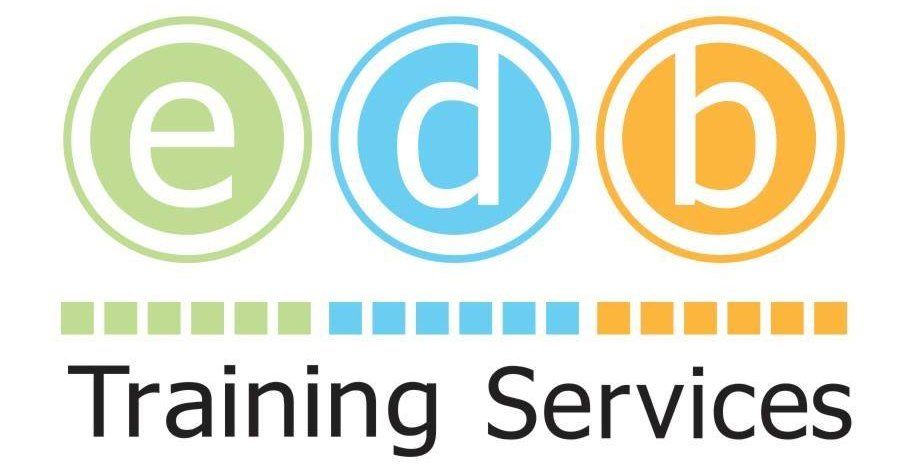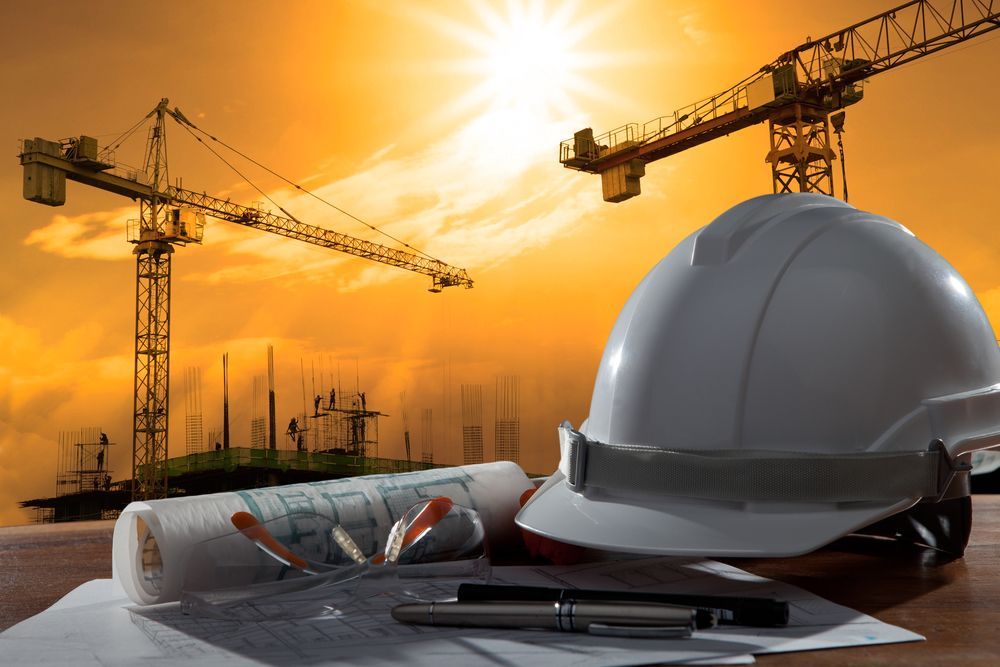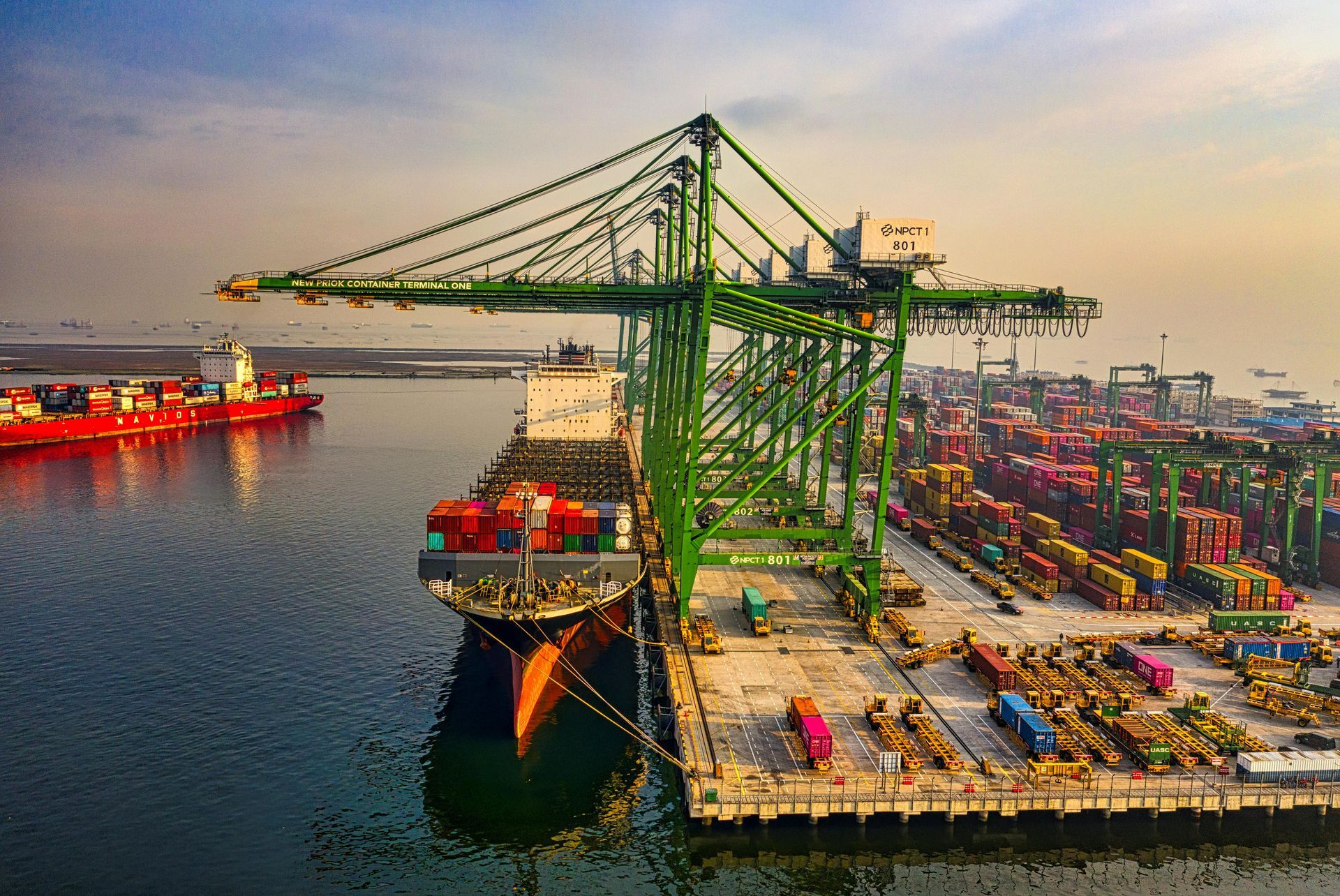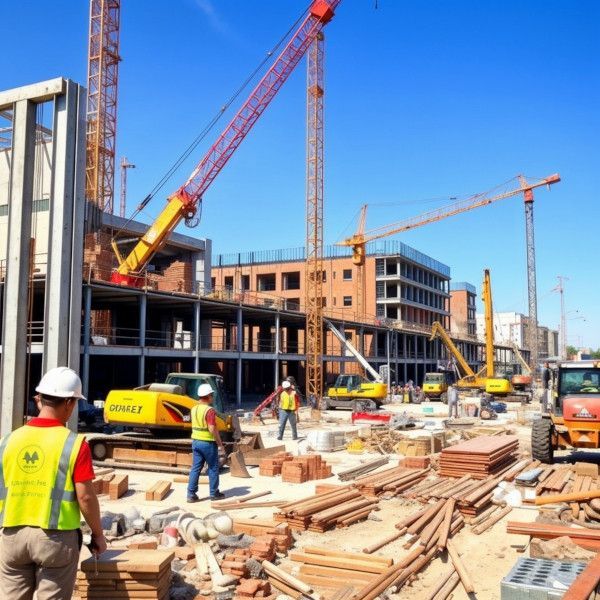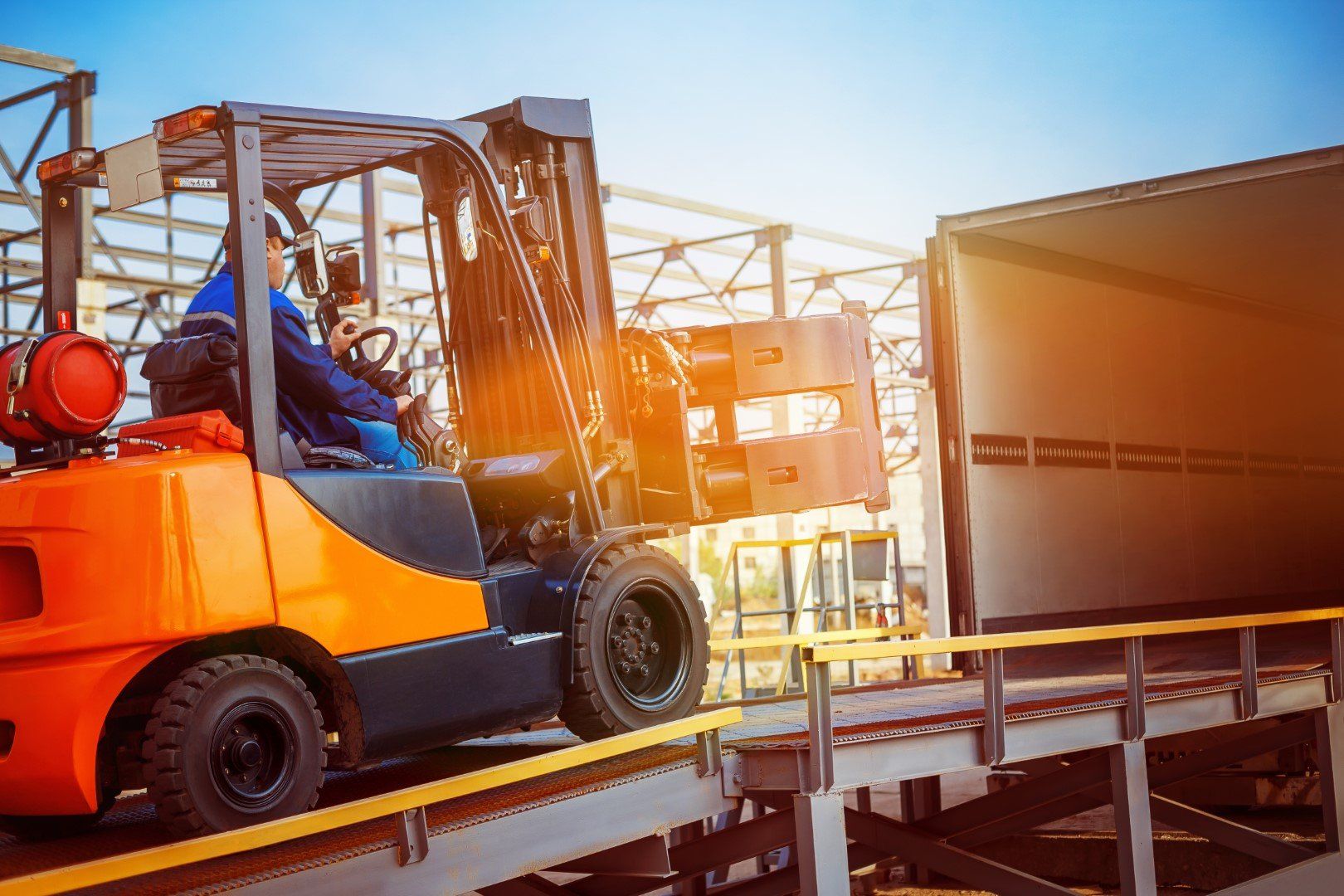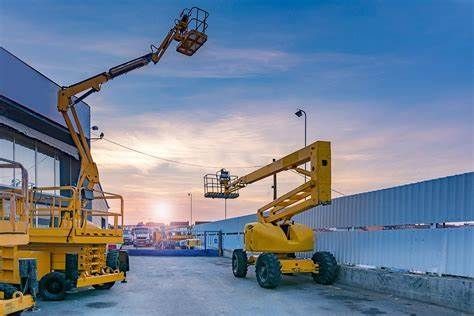What are the Guidelines for Operating a Forklift Near Pedestrians?
This is a subtitle for your new post
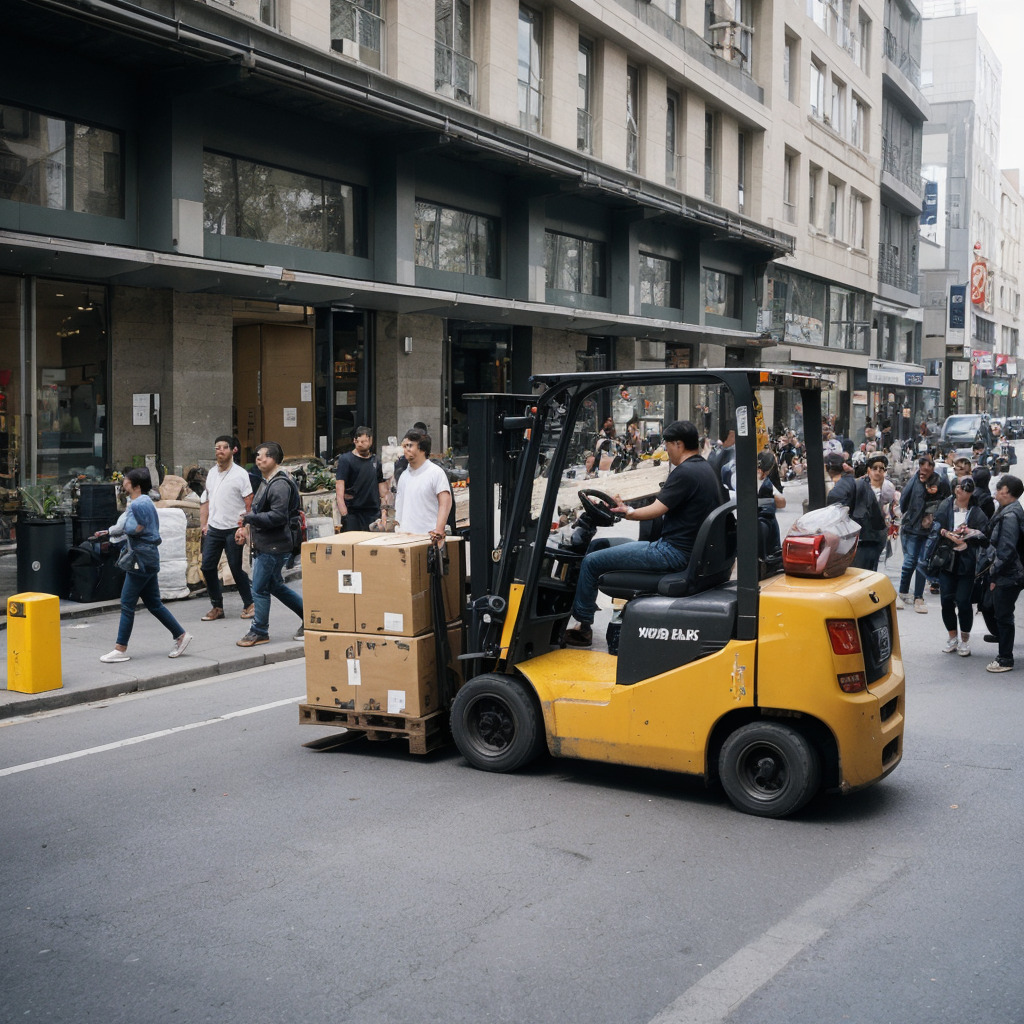
Guidelines for Operating Forklifts Around Pedestrians in Australia
When operating a forklift in the vicinity of pedestrians it is essential to follow strict safety protocols to prevent accidents and safeguard the well being of both the operator and pedestrians. In Australia these protocols are governed by standards and state specific regulations, including the Work Health and Safety Act 2011 and guidelines from Safe Work Australia. The primary objective of these regulations is to minimise workplace injuries and fatalities related to forklift activities.
Significance of Forklift Training and Forklift Licensing
The initial crucial step in maneuvering a forklift near pedestrians involves ensuring that operators receive proper training and obtain necessary licenses. As per requirements all forklift operators must possess a valid High Risk Work Licence (HRWL) specifically designated for forklift operations (LF class). The training encompasses aspects such as operating the forklift while being mindful of the surrounding environment, understanding its capabilities and limitations as well as emergency protocols. This comprehensive training equips operators with the skills needed to operate the forklift safely in areas where pedestrians move.
Demarcated Work Areas and Physical Barriers
Creating designated work zones is vital when operating forklifts near pedestrians. These areas are usually highlighted with signage and physical barriers where feasible to separate pedestrian traffic from vehicular traffic. Barriers physically block access and also remind pedestrians to stay alert visually. By implementing these measures the risk of accidents is significantly reduced as it helps prevent unauthorised or accidental entry into operational areas by pedestrians.
Communication and Visibility Around Forklift
Effective communication plays a role when operating a forklift near pedestrians. Operators should regularly use horns, lights and other signals to notify pedestrians of their presence and intended actions. Additionally forklifts should have safety lights and mirrors to enhance the operators visibility. Both operators and pedestrians in the area must wear high visibility clothing to improve visibility and awareness.
Forklift Speed and Operational Controls
Strict enforcement of speed limits is necessary in areas where forklifts interact with pedestrian traffic. Typically these limits are lower than in areas to allow safe stopping and reduce impact force in case of a collision. Operators are trained to stop their forklifts if a pedestrian gets too close thus ensuring pedestrian safety. Regular maintenance of forklifts ensures that braking, steering and operational controls work properly which is crucial, in accident prevention.
Regular Forklift Inspections for Safety and Continuous Improvement
Companies must perform safety checks and assessments to adhere to safety standards and pinpoint potential areas for enhancement. These inspections are crucial for identifying risks and devising plans to address them. Encouraging improvement in safety protocols is vital by gathering input from staff and updating training materials to incorporate new technologies or methods that promote safety.
Operating a forklift near pedestrians in all areas of Australia demands a strategy that ensure sproper training has been completed, safety is formost on the operators mind and environmental factors are taken in to account. Regular use of the forklifts lights, horns etc are essential in the safe operation of a forklift in highly used areas. Adhering to these guidelines can significantly decrease accident risks for forklift drivers while fostering a safe working environment for all individuals involved. These practices will help operators meet legal requirements and also go some way to ensuring a safety conscious culture that safeguards all employees.
For all you forkift licence training requirements contact EDB Training Services:
